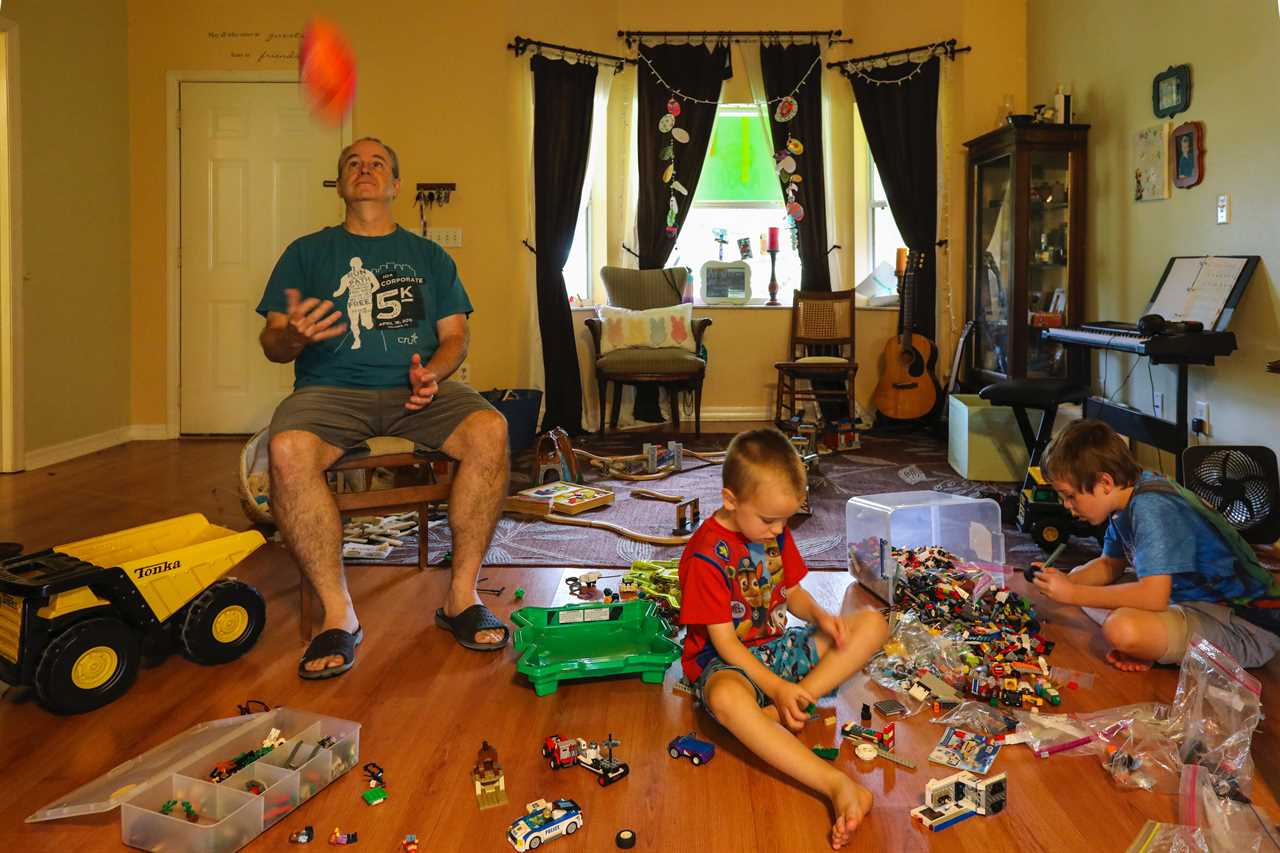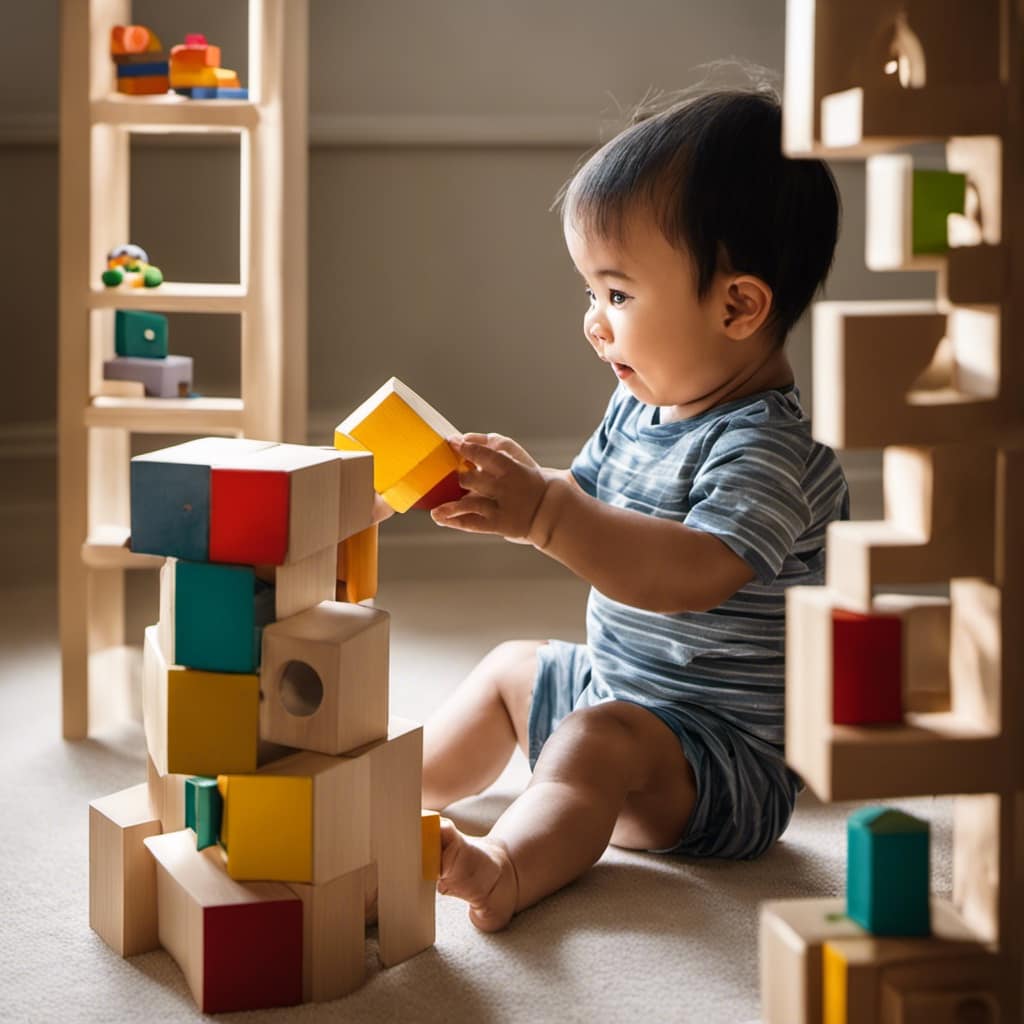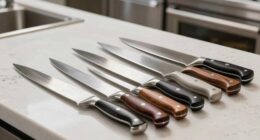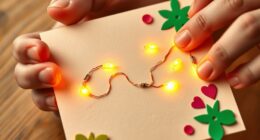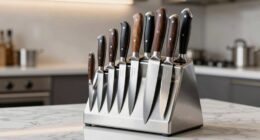Maintaining a neat and organized preschool toy shelf is essential for creating a safe and fun learning environment for young children.
By keeping toys covered and organized, we not only ensure a tidy space but also prevent the spread of germs and extend the lifespan of the toys.
Using clear bins, labeled baskets, and shelves with dividers, we can easily keep toys accessible for the children.
Plus, involving the preschoolers in this process teaches them responsibility and makes clean-up time a fun and engaging activity.
Key Takeaways
- Clean and organized toy shelves create a structured and tidy environment in preschools.
- Organized toy shelves promote responsibility, organization skills, and teach children to take care of their belongings.
- Preventing germs on toy shelves is important for maintaining cleanliness and hygiene in preschools.
- Involving preschoolers in maintaining toy shelf cleanliness fosters responsibility, ownership, and teaches the importance of cleanliness and hygiene.
Benefits of Clean and Organized Toy Shelves in Preschools
Having clean and organized toy shelves in my preschool is beneficial because it creates a structured and tidy environment, maintains cleanliness, and promotes a sense of responsibility and cleaning habits.
Teaching hygiene practices and cleaning habits is important for the health and well-being of children. When toys are neatly arranged on shelves, it becomes easier for children to find what they need and put things back in their proper place. This teaches them the importance of organization and taking care of their belongings.
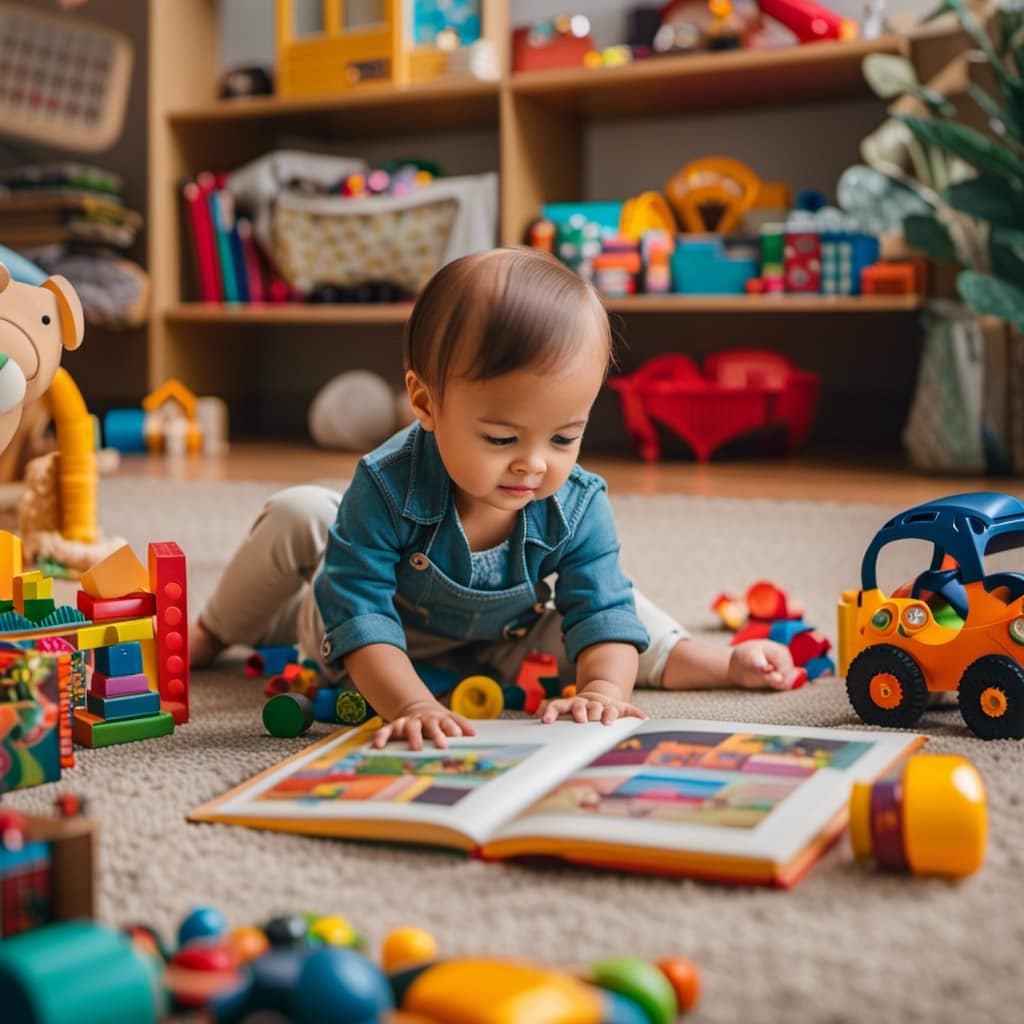
Recommended Methods for Organizing Preschool Toy Shelves
I find that using clear bins, labeled baskets, and shelves with dividers are effective in keeping toys organized and easily accessible. Here are three reasons why they work so well:
-
Clear bins: These see-through containers make it easy for preschoolers to see what toys are inside. It sparks their curiosity and helps them make choices about what they want to play with. Plus, it teaches them the importance of putting things back where they belong.
-
Labeled baskets: By labeling each basket with words or pictures, children can quickly identify where specific toys should be placed. It promotes literacy skills and encourages independent clean-up.
-
Shelves with dividers: Dividers help separate different types of toys, preventing them from getting mixed up. It also makes it easier for children to find what they’re looking for without creating a mess.
Importance of Preventing Germs on Toy Shelves in Preschools
Covering toys on shelves in a preschool setting helps to create a hygienic environment by preventing the spread of germs. It’s important to teach preschoolers about hygiene practices and germ prevention strategies. By covering the toys, we can stop germs from getting on them and spreading to other children. This keeps everyone healthy and happy.
We can show the children how to cover the toys using special covers or bags. We can also teach them to wash their hands before and after playing with the toys. By practicing these good habits, we can keep our preschool clean and germ-free.

It’s important to remember that keeping our toys clean is not just about staying healthy, but also about being responsible and taking care of our things.
Alternative Storage Methods for Preschool Toys
Using different storage containers and low shelves can provide alternative methods for organizing and accessing toys in a preschool setting.
Toy rotation: By regularly swapping out toys, children can experience a sense of novelty and stay engaged in their play.
Vertical storage: Utilizing low shelves or cubbies allows children to easily reach and put away toys, promoting independence and a sense of responsibility. It also helps maximize space and keep the classroom tidy.
Adding diversity to storage options can make clean-up time more fun and engaging for preschoolers. It encourages them to make independent choices and engage in imaginative play.
Involving Preschoolers in Maintaining Toy Shelf Cleanliness
Encouraging children to actively participate in the upkeep of the toy shelf fosters a sense of responsibility and ownership. It’s important to teach preschoolers about hygiene practices and keeping their toys clean.
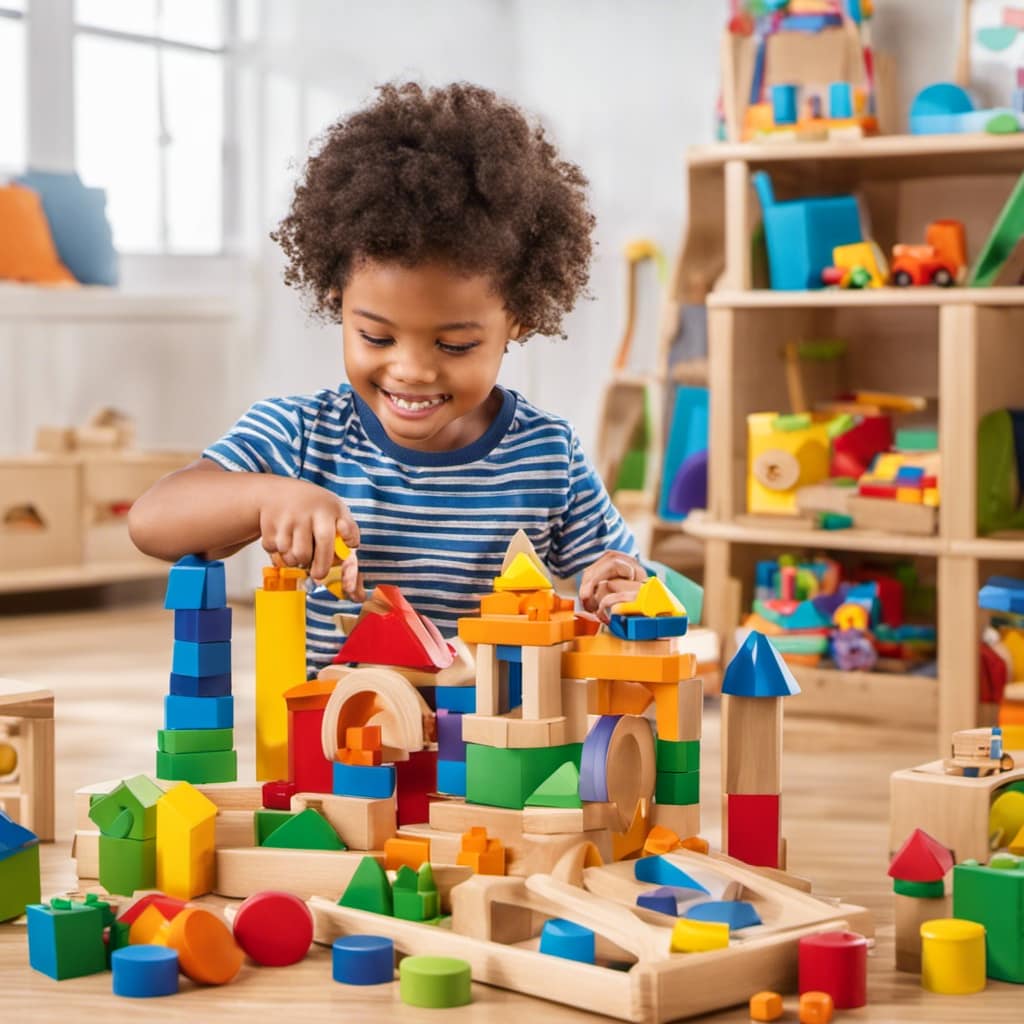
Engaging activities can make this process fun and enjoyable. One way to do this is by having a ‘clean-up time’ where children can help cover the toys on the shelves. This not only keeps the toys protected from germs, but also teaches them the importance of cleanliness. It’s a great opportunity to talk about hand washing and taking care of our belongings.
Promoting Responsibility and Ownership Through Toy Shelf Maintenance
Taking an active role in the upkeep of the toy shelf promotes a sense of responsibility and ownership. It’s important for me to learn how to take care of my toys and keep them organized. Here are three reasons why it’s great to be involved in toy shelf maintenance:
- I learn to be accountable for my belongings and take pride in keeping them clean and tidy.
- By helping with cleaning and organizing, I become more independent and confident in my abilities.
- Taking care of the toy shelf teaches me the value of responsibility and how to take care of my classroom environment.
When I help with the toy shelf, I am not just cleaning up, but I am also learning important skills and building a sense of ownership over my toys and my space.
It’s fun to be responsible!
Frequently Asked Questions
How Often Should Toys on Preschool Shelves Be Cleaned and Sanitized?
I clean and sanitize toys on preschool shelves daily to ensure a healthy environment. I use child-safe cleaning products recommended by the school. This helps prevent the spread of germs and keeps the toys safe for the children to play with.
Are There Any Specific Guidelines for Labeling and Categorizing Toys on Shelves?
Labeling and categorizing toys on preschool shelves is important for organization and easy access. It helps children find what they need and teaches them valuable sorting skills. Involving preschoolers in this process promotes independence and a sense of ownership.

What Are Some Creative Ways to Rotate Toys and Keep Them Organized?
To keep toys organized and fresh, I rotate them regularly. I use labeled bins and shelves, making it easy for children to find and put away toys. This helps maintain a tidy and engaging play environment.
How Can Preschoolers Be Encouraged to Take Ownership of Their Toy Shelf Responsibilities?
To encourage independence and teach organization skills, preschoolers can take ownership of their toy shelf responsibilities by involving them in the process, making it fun and engaging, and praising their efforts.
Are There Any Safety Considerations to Keep in Mind When Covering Toys on Shelves?
When covering toys on shelves, it’s important to consider safety. Toy shelf covers can help prevent accidents, like items falling off or children accessing toys they shouldn’t. Additionally, covers can protect toys from dust and damage.
Conclusion
In conclusion, keeping preschool toy shelves clean and organized is essential for the well-being of children.
Just like a garden needs to be tended to in order to grow, our toy shelves need to be maintained to create a structured and tidy environment.
When we cover toys on shelves, we are like the bees that protect their honey by covering it with a lid. This not only keeps our toys safe from dust and germs but also teaches us about cleanliness and hygiene.
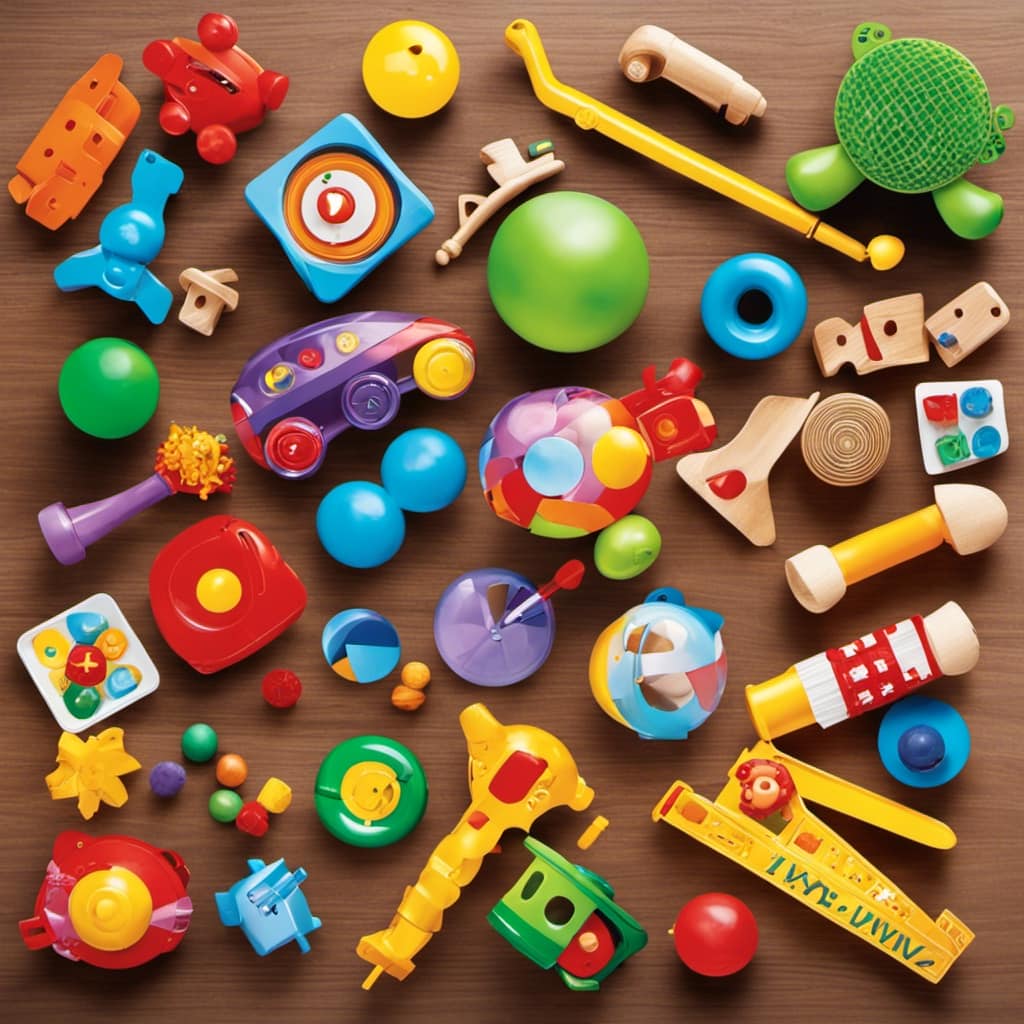
So let’s take pride in taking care of our toy shelves and enjoy the benefits of a clean and organized play area!
